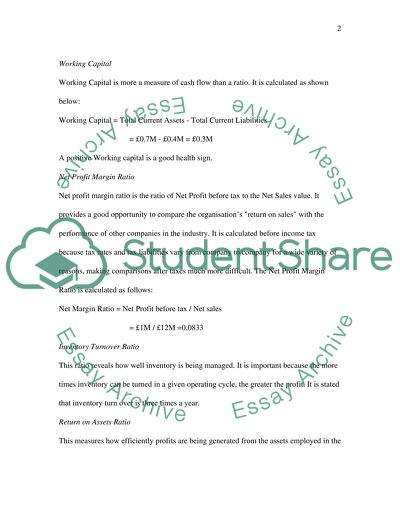Cite this document
(The Financial Situation Assignment Example | Topics and Well Written Essays - 2250 words, n.d.)
The Financial Situation Assignment Example | Topics and Well Written Essays - 2250 words. Retrieved from https://studentshare.org/finance-accounting/1508604-engineering-management-assignment-em1
The Financial Situation Assignment Example | Topics and Well Written Essays - 2250 words. Retrieved from https://studentshare.org/finance-accounting/1508604-engineering-management-assignment-em1
(The Financial Situation Assignment Example | Topics and Well Written Essays - 2250 Words)
The Financial Situation Assignment Example | Topics and Well Written Essays - 2250 Words. https://studentshare.org/finance-accounting/1508604-engineering-management-assignment-em1.
The Financial Situation Assignment Example | Topics and Well Written Essays - 2250 Words. https://studentshare.org/finance-accounting/1508604-engineering-management-assignment-em1.
“The Financial Situation Assignment Example | Topics and Well Written Essays - 2250 Words”, n.d. https://studentshare.org/finance-accounting/1508604-engineering-management-assignment-em1.


